Where to find the 'guts' to fit in custom stove hood
orchidca
15 years ago
Featured Answer
Sort by:Oldest
Comments (7)
josie724
15 years agodavidro1
15 years agoRelated Professionals
Kalamazoo Kitchen & Bathroom Designers · Ossining Kitchen & Bathroom Designers · Soledad Kitchen & Bathroom Designers · Springfield Kitchen & Bathroom Designers · Avondale Kitchen & Bathroom Remodelers · Buffalo Grove Kitchen & Bathroom Remodelers · Hoffman Estates Kitchen & Bathroom Remodelers · Honolulu Kitchen & Bathroom Remodelers · Vista Kitchen & Bathroom Remodelers · Casas Adobes Cabinets & Cabinetry · Daly City Cabinets & Cabinetry · Hopkinsville Cabinets & Cabinetry · Key Biscayne Cabinets & Cabinetry · Norfolk Cabinets & Cabinetry · Franklin Plumbersorchidca
15 years agodavidro1
15 years agowritersblock (9b/10a)
15 years agofandlil
15 years ago
Related Stories

REMODELING GUIDESWhere to Splurge, Where to Save in Your Remodel
Learn how to balance your budget and set priorities to get the home features you want with the least compromise
Full Story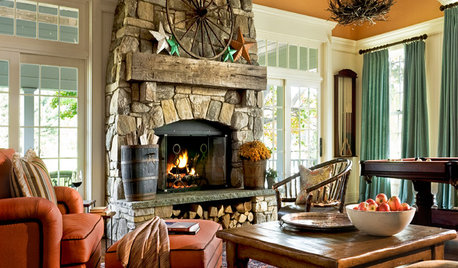
FIREPLACESFind a Fitting Place to Store Your Firewood
Fuel warm and snuggly nights at home by including a spot for logs in your fireplace design
Full Story
KITCHEN APPLIANCESLove to Cook? You Need a Fan. Find the Right Kind for You
Don't send budget dollars up in smoke when you need new kitchen ventilation. Here are 9 top types to consider
Full Story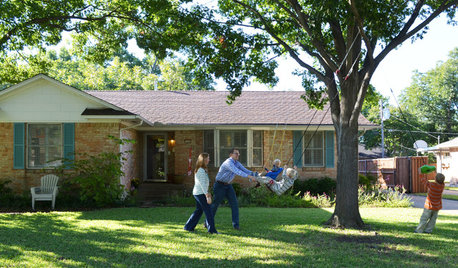
MOVINGHouse Hunting: Find Your Just-Right Size Home
Learn the reasons to go bigger or smaller and how to decide how much space you’ll really need in your next home
Full Story
HOUZZ TOURSMy Houzz: Eclectic Treasures Find a Home in a 1910 Victorian
Secondhand furnishings add spirit and soul to a century-old New Jersey house
Full Story
KITCHEN DESIGNWhat to Know When Choosing a Range Hood
Find out the types of kitchen range hoods available and the options for customized units
Full Story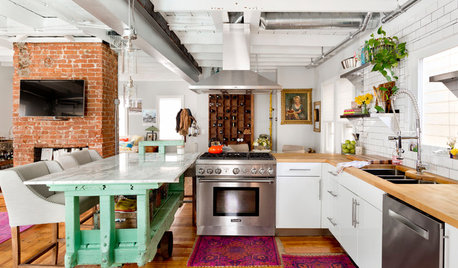
HOUZZ TOURSMy Houzz: Salvage Finds and DIY Love in Rhode Island
A Providence couple layers on meaningful mementos and hands-on style for a personalized interior palette
Full Story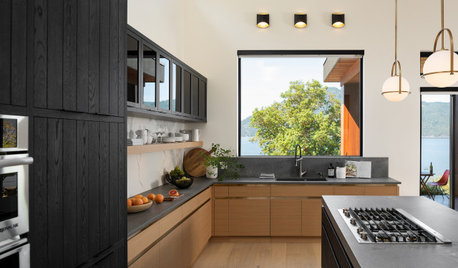
KITCHEN DESIGNWhere Should You Put the Kitchen Sink?
Facing a window or your guests? In a corner or near the dishwasher? Here’s how to find the right location for your sink
Full Story
KITCHEN APPLIANCESFind the Right Cooktop for Your Kitchen
For a kitchen setup with sizzle, deciding between gas and electric is only the first hurdle. This guide can help
Full Story
GREAT HOME PROJECTSPower to the People: Outlets Right Where You Want Them
No more crawling and craning. With outlets in furniture, drawers and cabinets, access to power has never been easier
Full StorySponsored
More Discussions






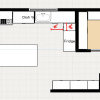
clinresga